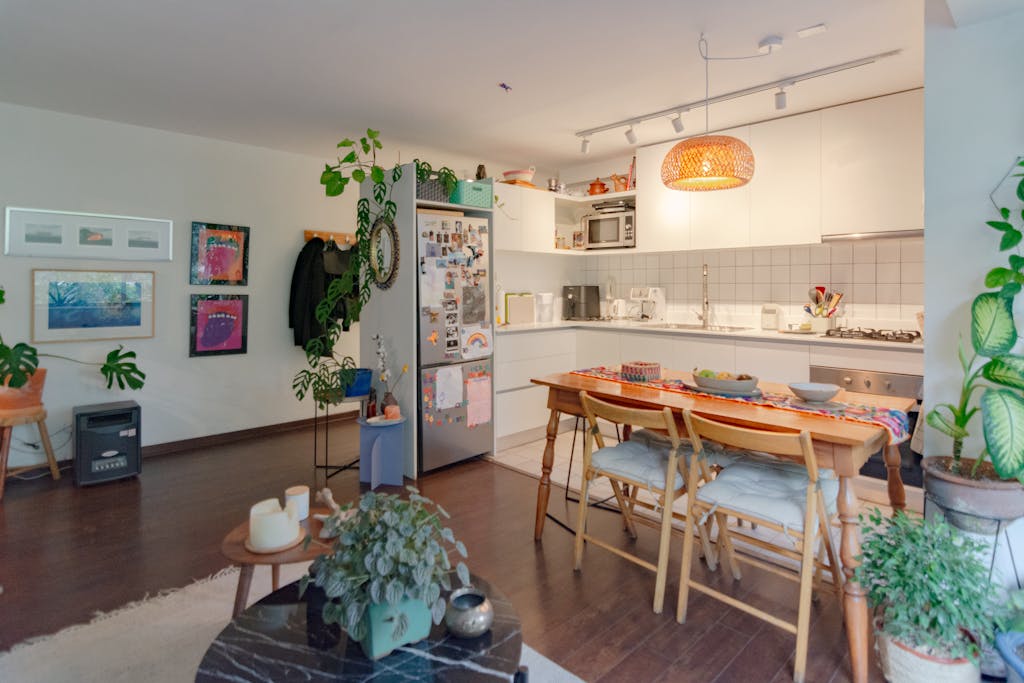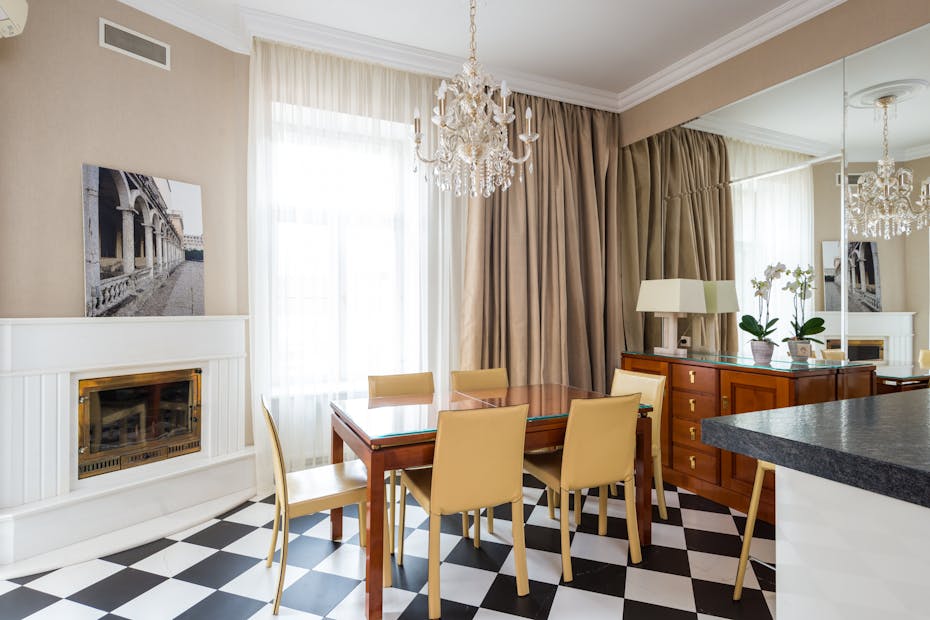Introduction
Art Deco, the glamorous and bold design movement of the early 20th century, continues to captivate designers and homeowners today. Originating in the 1920s and reaching its peak in the 1930s, Art Deco was characterized by geometric patterns, luxurious materials, and a celebration of modernity. Despite the rise of minimalism and other contemporary styles, Art Deco elements persist in modern interiors, proving that its timeless elegance and opulence still resonate.
This article explores how Art Deco has influenced contemporary interior design, its defining features, and how it is being reinterpreted in today’s homes, hotels, and commercial spaces.
The Core Elements of Art Deco Design
To understand its lasting influence, we must first examine the defining characteristics of Art Deco interiors:
1. Geometric Patterns and Symmetry
Art Deco is known for bold, structured designs that embrace symmetry and repetition. Common motifs include chevrons, sunbursts, zigzags, and stepped forms, which are frequently seen in wallpapers, tile designs, and furniture.
2. Luxurious Materials
The Art Deco era embraced high-end materials such as marble, lacquered wood, exotic veneers, and chrome. Metals like brass and gold were frequently used for accents, reflecting the movement’s love for glamour.
3. Bold Color Palettes
Deep, rich hues like emerald green, sapphire blue, and ruby red contrasted with black, white, and metallic tones were iconic in Art Deco interiors. This striking contrast created a sense of drama and sophistication.
4. Statement Lighting
Lighting in Art Deco interiors was sculptural and grand. Chandeliers, sconces, and table lamps featured geometric shapes and intricate detailing, often using frosted glass and polished metal.
5. Streamlined, Elegant Furniture
Art Deco furniture had a strong presence, with sleek lines, rounded edges, and decorative inlays. Pieces often featured a combination of wood, glass, and metal, creating a sense of luxury and modernity.
6. Decorative Inlays and Patterns
Materials like mother-of-pearl, ebony, and ivory were frequently used in inlays, adding intricate details to furniture and flooring.

How Art Deco Continues to Shape Modern Interiors
While pure Art Deco interiors may no longer dominate, its essence remains alive through reinterpretation and fusion with contemporary design trends.
1. Geometric Patterns in Contemporary Spaces
Modern interiors often incorporate Art Deco-inspired geometric patterns in textiles, wallpapers, and tiles. Hexagonal and chevron patterns in flooring, kitchen backsplashes, and rugs pay homage to the movement’s love for structured aesthetics.
2. A Return to Opulence and Luxury
In recent years, there has been a shift away from the stark minimalism of the early 2000s, with designers embracing bold, luxurious materials reminiscent of Art Deco. Velvet upholstery, marble countertops, and gold-accented fixtures all nod to the movement’s grandeur.
3. Art Deco-Inspired Lighting
Modern lighting design frequently references Art Deco styles, with bold geometric chandeliers, frosted glass sconces, and brass-finished pendants making a strong comeback.
4. Fusion with Modern Minimalism
Contemporary interiors often balance Art Deco’s rich detailing with modern minimalism, creating a sophisticated yet uncluttered aesthetic. A streamlined velvet sofa with gold legs or a geometric-patterned accent wall in a neutral color palette blends both worlds seamlessly.
5. High-Contrast Color Schemes
Black and white interiors with gold or metallic accents continue to be a popular choice, echoing classic Art Deco contrasts while maintaining a modern edge.
6. Decorative Details in Small Doses
While modern design favors simplicity, subtle Art Deco-inspired details—such as intricate mirror frames, sculptural furniture, and embossed wallpaper—are integrated into interiors to add a touch of vintage glamour.
Art Deco in Commercial and Hospitality Design
Art Deco’s influence extends beyond residential spaces into high-end hotels, bars, and restaurants.
1. Luxury Hotels and Boutique Spaces
Many luxury hotels incorporate Art Deco motifs in their interiors, from intricate lobby flooring patterns to vintage-inspired furniture and lighting. Cities like New York, Miami, and London still embrace the Art Deco aesthetic in their high-end hospitality designs.
2. Trendy Bars and Restaurants
Speakeasy-style bars and glamorous restaurants frequently use Art Deco elements such as plush seating, dramatic lighting, and metallic detailing to create a nostalgic yet modern ambiance.
3. Retail and Fashion Spaces
Luxury retail stores often incorporate Art Deco-inspired interiors to evoke a sense of timeless sophistication. High-gloss surfaces, dramatic lighting, and geometric display units are all reminiscent of the movement.

How to Incorporate Art Deco into Modern Interiors
If you want to bring Art Deco charm into your home or business, here are some practical tips:
- Start with Statement Pieces – A velvet sofa, a brass-framed mirror, or a sculptural Art Deco-style chandelier can instantly set the tone.
- Use Geometric Patterns – Incorporate geometric designs through wallpaper, textiles, or floor tiles.
- Mix Rich Materials – Combine marble, wood, metal, and glass for a layered, luxurious look.
- Embrace Bold Lighting – Choose chandeliers and sconces with geometric or tiered designs.
- Add Metallic Accents – Brass, gold, and chrome fixtures enhance the opulent feel.
- Choose High-Contrast Colors – Deep jewel tones paired with neutrals or metallics can create an Art Deco-inspired space.
Conclusion
The enduring influence of Art Deco in modern interiors proves that great design never goes out of style. Whether through bold geometric patterns, luxurious materials, or statement lighting, the Art Deco aesthetic continues to inspire contemporary spaces worldwide. By blending its signature elements with modern sensibilities, designers create interiors that are both nostalgic and forward-thinking, celebrating the best of both past and present.
Would you like to explore Art Deco influences in specific spaces, such as bedrooms, offices, or kitchens? Let me know how I can refine this further!
